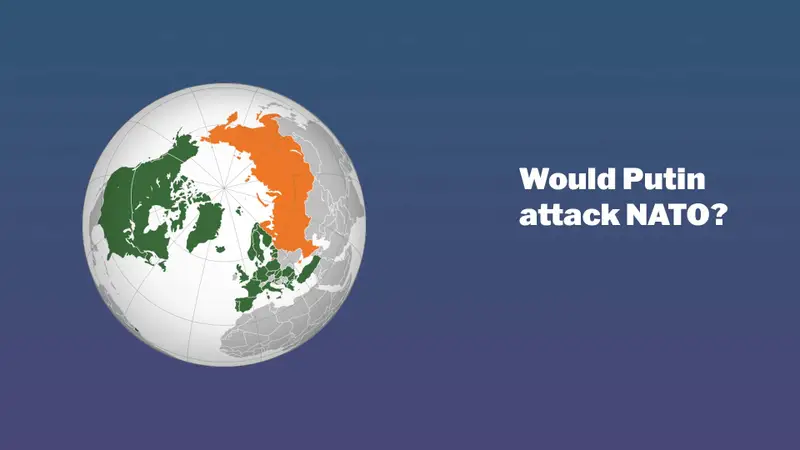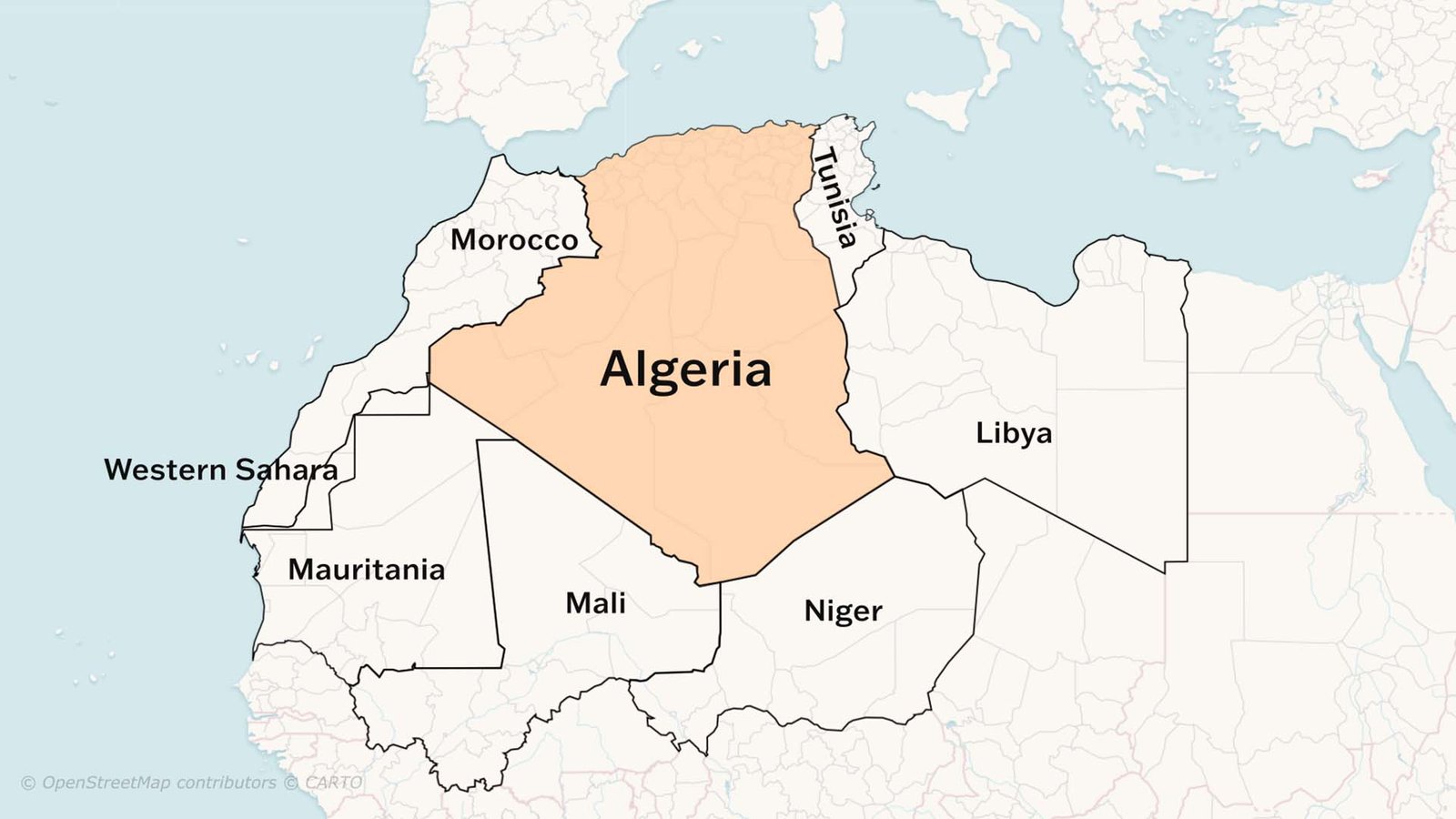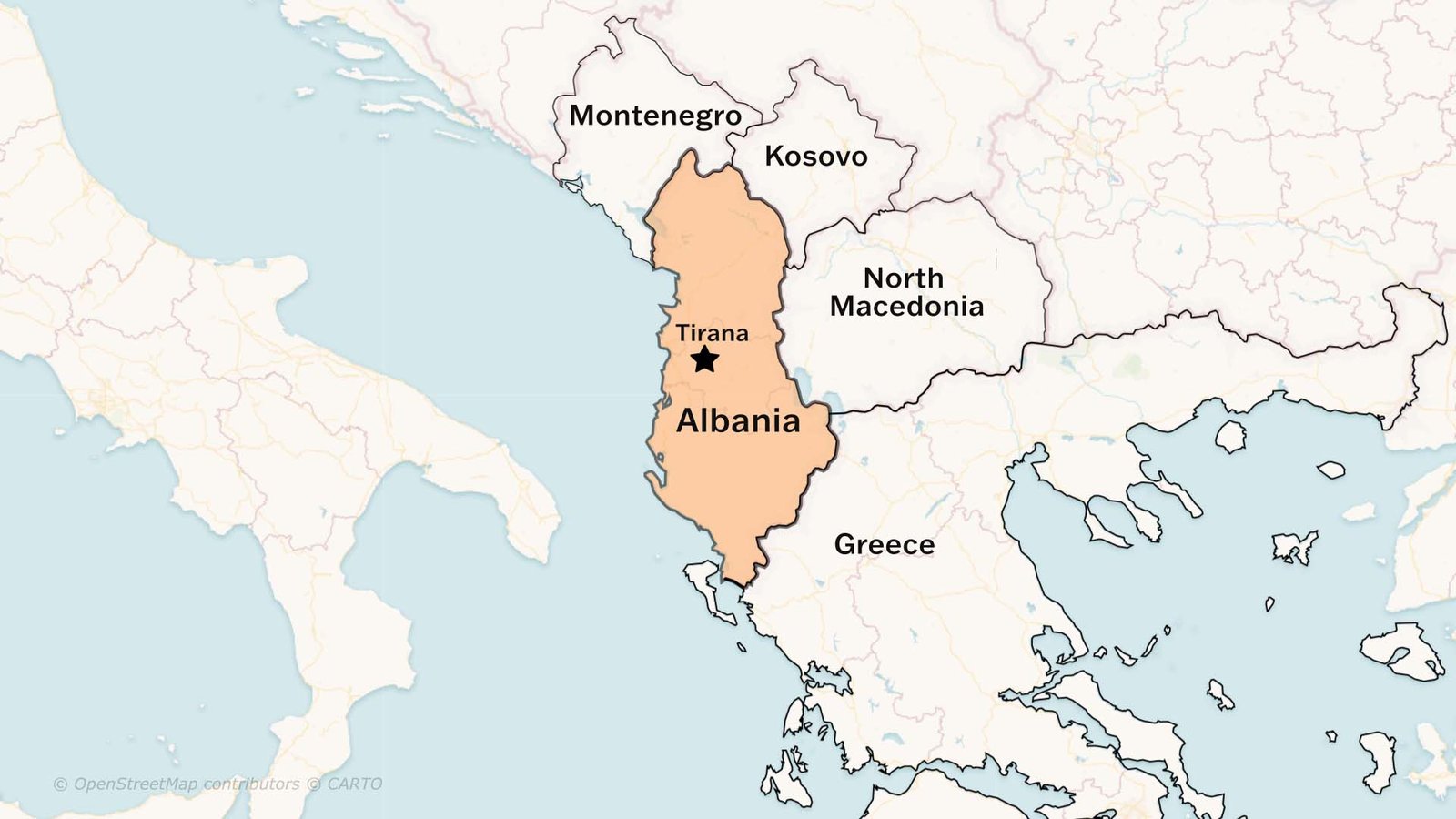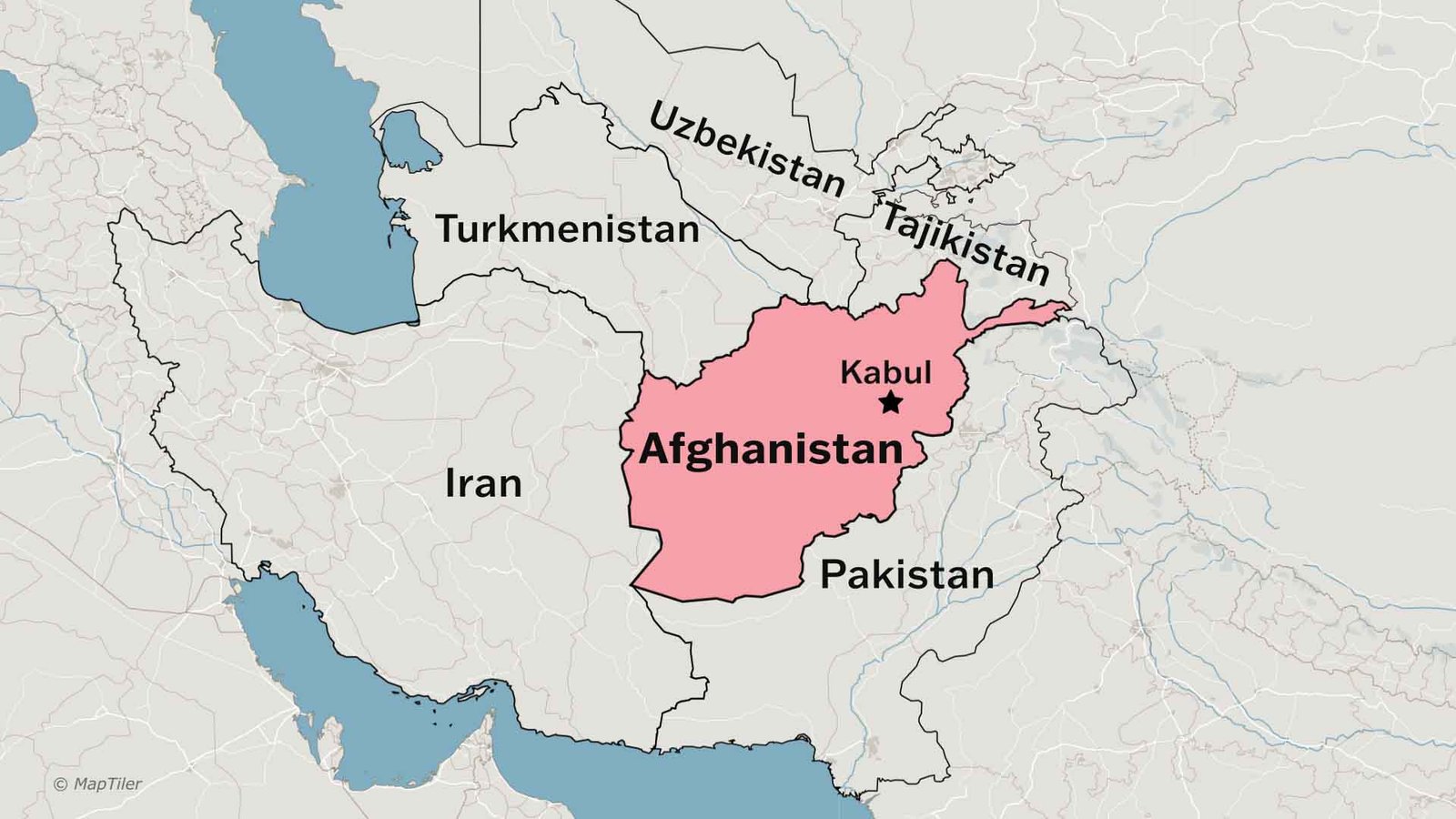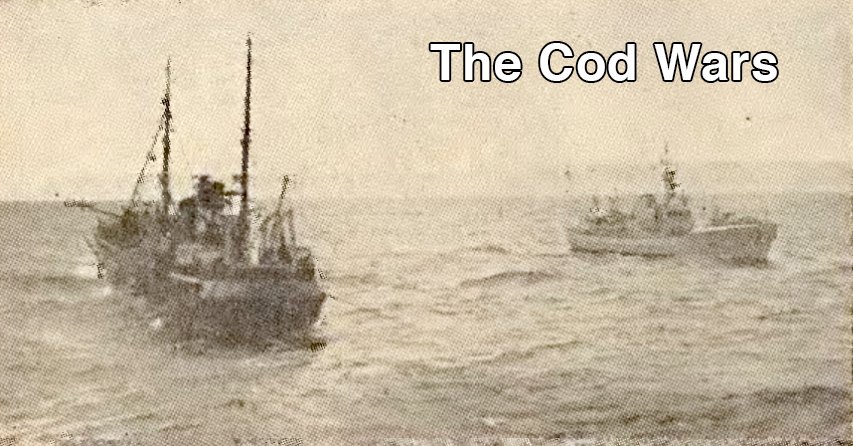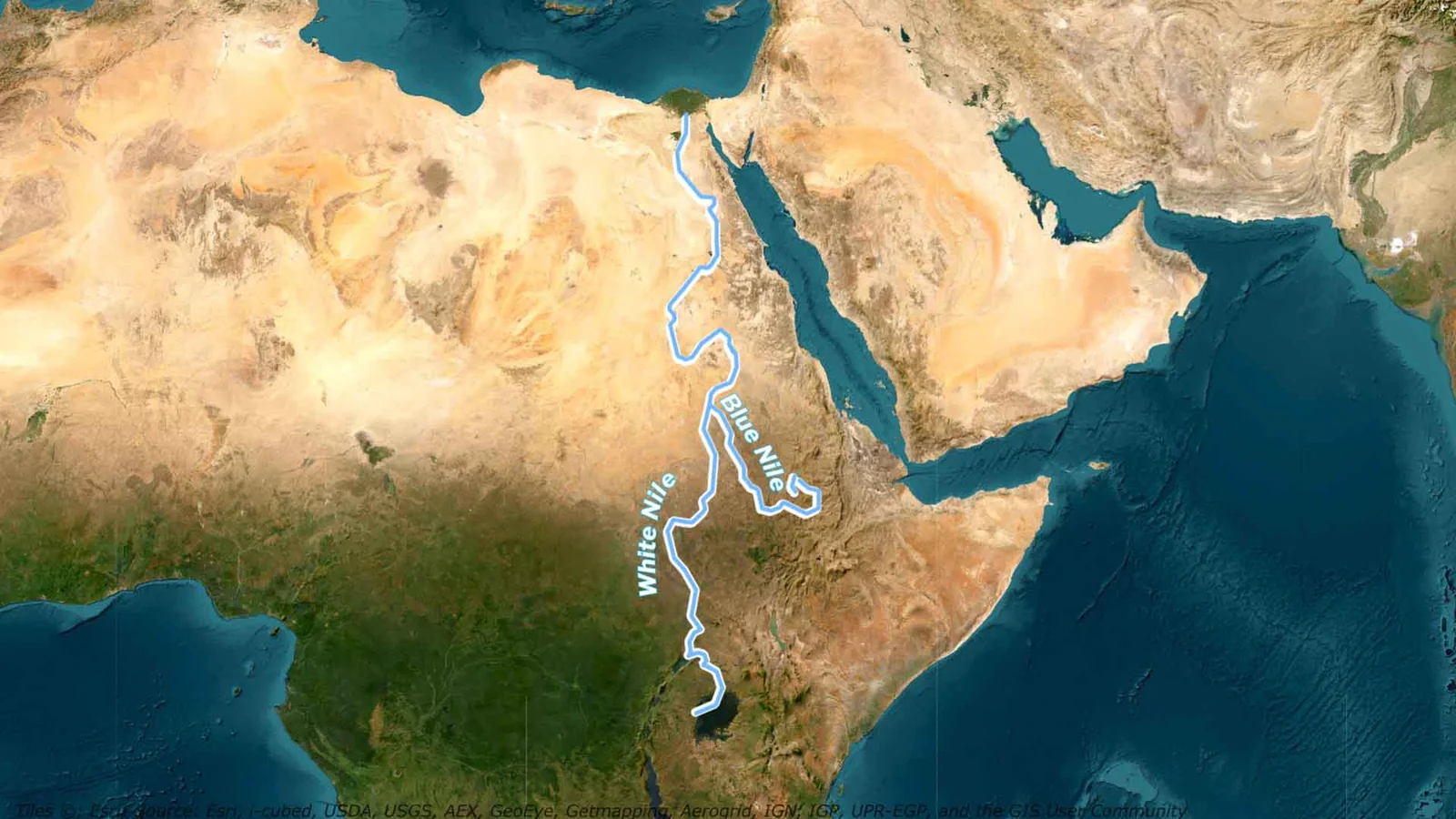Before addressing our main query for today, would Putin attack NATO? Let us discuss an idea of Peaceful coexistence. Peaceful coexistence means different entities – people, communities, or nations living together in harmony despite differences in religion, culture, ideology, or political beliefs. It emphasises mutual respect, nonviolence, tolerance, and avoiding conflict.
With reference to India and China, it refers to the diplomatic principle that both nations, despite their differences, should strive to maintain mutual respect, avoid armed conflict, and resolve disputes through dialogue and cooperation.
To articulate this, in 1954 India and China signed the Panchsheel agreement, which laid down the five principles of peaceful coexistence.
- Mutual respect for each other’s territorial integrity and sovereignty
- Mutual non-aggression
- Mutual non-interference in each other’s internal affairs
- Equality and mutual benefit
- Peaceful co-existence
Did it work?
Well, it is visible through the current tensions in the Indian subcontinent.
Now, fast forward to today and try to connect the dots.
Medvedev, the ex-prime minister and ex-president, said only recently, ‘NATO talks about peace through strength, but we believe in peace through fear’.
What does this mean – NATO talks about peace through strength, but we believe in peace through fear.
Russia has given up on peaceful coexistence with the West and NATO.
Current Situation on the Western Borders
Russia is building up its military forces near the Estonian and Finnish borders. Neighbours are afraid. Estonia’s border chief says Russia is causing trouble by blocking GPS signals, removing border markers, and trying to scare people.
Whereas satellite images reveal new construction despite existing bases being nearly empty due to the Ukraine war. Russia plans to increase its active troops from 1.3 million to 1.5 million and has formed a new army corps near Finland.
Intelligence reports suggest Russia aims to match NATO militarily. Leaders like Estonia’s former PM Kaja Kallas and France’s Emmanuel Macron warn of potential future aggression. Some believe Russia’s ambitions go beyond Ukraine, though figures like Pedro Sánchez and Steve Witkoff downplay the likelihood of a wider European war.
Intent and Capabilities
Intelligence frames threats in terms of two variables –
- Intent
- Capbilities
In 2014, Putin grabbed Crimea from Ukraine, and he stopped not because he lacked intent but because he lacked the means – he lacked capabilities.
Today Russian economy is sliding through stagnation. Inflation remained above 10%. Even though the economy is getting worse, government propaganda still keeps 55% of Russians supporting the war over their living standards.
There is no specific intelligence that suggests Russia will attack NATO. And Russia is still focused on Ukraine, but when the ceasefire occurs, Russia may divert its troops to other regions.
Why assume that? Valid question, let’s dive deeper.
Russia’s manpower constraints (Capability constraints)
Russia has suffered immense human and material losses in its ongoing conflict. According to General Cavoli of NATO, by 2024, Russia had endured approximately 800,000 casualties. Compounding this crisis is the country’s ageing population, which poses long-term manpower challenges. Between 2022 and 2024, a significant number of junior officers were killed, creating a leadership vacuum within the armed forces. To address this shortfall, Russia is now recruiting around 30,000 new soldiers every month.
However, rebuilding a military after prolonged warfare is not a rapid process. Experts estimate that it could take between 5 to 10 years for Russia to fully restore its military capacity. The problem is not just manpower; equipment production is sluggish as well. Only 10–15% of the tanks and armoured vehicles being fielded are newly manufactured, while the majority come from refurbished Soviet-era stockpiles. These constraints reveal the systemic difficulties Russia faces in regenerating its military strength in both the short and long term.
Russia’s Challenges and Options
Russia is under industrial strain. While it produces over 1,400 Iskander missiles a year, it lacks modern tanks and vehicles, and most factories still use old Soviet-era machines.
Western experts say Russia’s military is less advanced and depends more on numbers than technology. Between 2014 and 2022, efforts to modernize the army failed. According to the RAND Corporation, reforms stalled, and the military remains outdated and heavily reliant on mass force.
Analysts are split on Russia’s war strategy. Some say it’s improving with reorganised units like the 44th Army Corps, while others point to high casualties and manpower shortages. Around 880,000 Russian troops have been involved so far.
Sweden and Finland joining NATO changed the balance in the Baltic. Denmark warned that defending Estonia would now require shifting NATO troops closer to Russia.
Russia may choose to continue at its current pace or attempt a small attack on NATO, hoping the alliance won’t fully respond.
Key assumptions include NATO’s existing troop presence from Estonia to Bulgaria and doubts about a strong U.S. reaction, especially under Trump-style leadership. Russia could test NATO with a limited strike, expecting no major retaliation.
It would take Russia five years to prepare for a larger war, or six months for a localised one. They could also move 50,000 troops from Ukraine to the Leningrad region without major consequences.
NATO’s Challenges
NATO faces several challenges. European military readiness is uneven, with fragmented spending, weak logistics, and poor long-range capabilities. Many countries still rely on U.S. air defences and are not prepared for a fast, large-scale war.
If the U.S. is slow to respond, Russia might target weaker NATO regions like the Baltic Sea, Svalbard, or Transnistria.
War predictions remain uncertain. During the Cold War, the USSR often misread NATO’s actions as threats. Today, experts believe even limited strikes on NATO, such as in the Baltic, are possible.
As a final thought, let us conclude by agreeing with a senior Swedish intelligence source: “It is important to emphasise that the Russian leadership makes decisions based on its own logic and assessment.”
Read more: Geopolitics of Andaman and Nicobar islands

